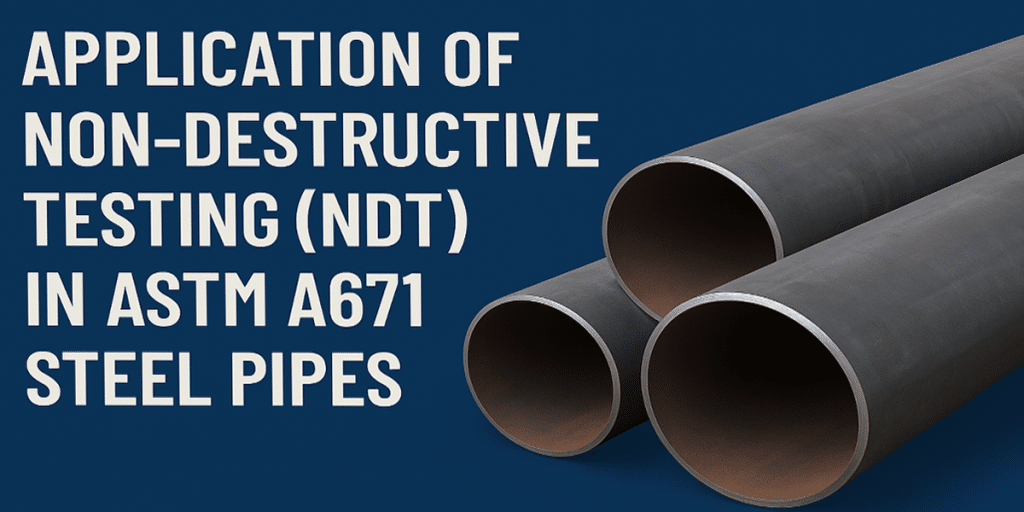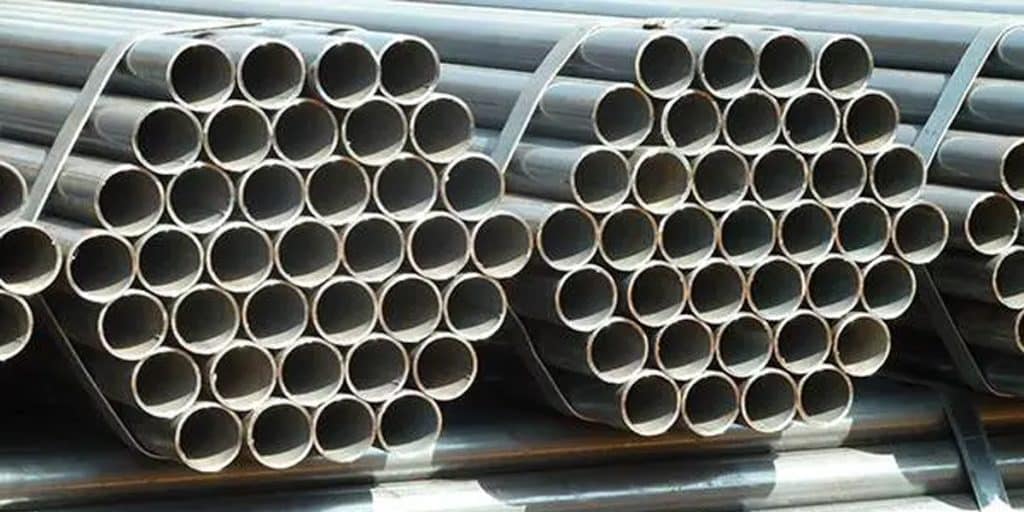- 1. Comparison of Steel Grades Between EN 10219 and ASTM A252
- 2. Application Comparison: Precise Adaptation Driven by Scenarios
- 3. Typical Applications of EN 10219
- 4. Typical Applications of ASTM A252
- 5. Comparison of Production Processes and Testing Items
- 6. Frequency of Use in International Projects and Cases
- 7. Regional Market Distribution
- 8. Typical Cases
- 9. How to Choose the Right Standard Product for the Project?
- 10. Why Choose LONGMA?
In the global construction and infrastructure sector, the selection of steel pipes directly affects the safety, cost, and efficiency of a project. The European standard EN 10219 and the American standard ASTM A252 are two major specifications for structural steel pipes. This article will conduct an in-depth comparison from the perspectives of steel grades, applications, production processes, testing items, and international application cases, and provide accurate selection suggestions combined with the technical advantages of LONGMA.
Comparison of Steel Grades Between EN 10219 and ASTM A252
| Item | EN 10219 | ASTM A252 |
| Common Grades | S235JRH, S275J2H, S355J2H, etc. | Grade 1, Grade 2, Grade 3 |
| Yield Strength (MPa) | 235 – 355 | 205 – 345 |
| Impact Performance Requirement | Yes (e.g., S355J2H requires -20℃ impact test) | No (usually no low-temperature impact requirement) |
EN 10219 emphasizes the mechanical properties and low-temperature impact toughness of cold-formed structural steel pipes, making it particularly suitable for projects with impact resistance or low-temperature conditions. ASTM A252 focuses more on static load-bearing capacity and is often used in static applications such as pile foundations.
Application Comparison: Precise Adaptation Driven by Scenarios
Typical Applications of EN 10219
- Building Structures: Frame structures of European stadiums and commercial complexes (e.g., a commercial center in Berlin, Germany uses S355J2H square pipes).
- Mechanical Manufacturing: Precision pipes for crane booms and conveying equipment, relying on the dimensional accuracy of cold forming processes.
- Bridge Engineering: Supporting structures of medium and small-span bridges, such as a river-crossing bridge in a French city using S355J2H round pipes.
Typical Applications of ASTM A252
- Pile Foundation Engineering: A cross-sea bridge in San Francisco, USA uses Grade 3 steel pipe piles to withstand seawater corrosion and earthquake loads.
- Marine Engineering: Pile foundations of oil platforms in the Gulf of Mexico, which need to meet both high strength and weather resistance.
- Temporary Engineering: A high-speed railway project in Canada uses Grade 1 for temporary support structures to reduce costs.
EN 10219 focuses on conventional structures, while ASTM A252 specializes in high-load pile pipes. There is partial overlap in the bridge field, but their design logics are different.
Comparison of Production Processes and Testing Items
| Item | EN 10219 | ASTM A252 |
| Forming Method | Cold forming + ERW/LSAW welding | ERW/SAW welding |
| Heat Treatment Requirement | Optional normalizing or stress relief annealing | No mandatory requirement |
| Chemical Analysis | Mandatory | Recommended |
| Mechanical Property Testing | Yield strength, tensile strength, elongation, impact test | Yield strength, tensile strength, elongation |
| NDT Non-Destructive Testing | Mandatory weld UT or RT | Optional or as per order requirements |
EN 10219 has strict requirements on the manufacturing process and testing items, making it suitable for high-standard projects; ASTM A252 is more flexible but has relatively lower requirements on product consistency and toughness.
Frequency of Use in International Projects and Cases
Regional Market Distribution
- Europe/Middle East: EN 10219 accounts for over 70%, such as a super high-rise project in Dubai, UAE using S460MLH square pipes.
- North America/Latin America: ASTM A252 dominates, with a copper mine expansion project in Chile using Grade 2 steel pipe piles.
- Asia: Both standards are used in parallel. China’s South-to-North Water Diversion Project uses both EN 10219 S355 and ASTM A252 Grade 2.
Typical Cases
- International case of EN 10219: A port warehouse in Rotterdam, the Netherlands uses S355J2H rectangular pipes to build wind-resistant frames, and the cold forming accuracy ensures quick installation.
- International case of ASTM A252: A subway project in Sydney, Australia uses Grade 3 steel pipe piles to penetrate rock formations and withstand an average of 100,000 train loads per day.
How to Choose the Right Standard Product for the Project?
| Project Characteristics | Recommended Standard |
| Involving seismic design or low-temperature environments | EN 10219 (e.g., S355J2H) |
| High requirement for foundation static load bearing | ASTM A252 Grade 3 |
| Needing EU certification or CE marking | EN 10219 |
| Led by North American design/construction units | ASTM A252 |
The regulations of the country where the project is located, design standards, and the requirements of the user are key to selection. It is recommended to confirm the applicable standards at the initial stage of bidding or design.
Why Choose LONGMA?
As a leading ERW/LSAW round pipe manufacturer in Hebei, LONGMA has unique advantages in the field of these two standards:
- Dual-standard production capacity: Capable of producing the full range of EN 10219 S235-S460 and ASTM A252 Grade 1-3 products to meet multi-market needs.
- Technical strength: Equipped with 12000T JCO forming machine and fully automatic ultrasonic flaw detection line, with weld quality reaching API 5L PSL2 level.
- International certifications: Passed ISO 9001 and API 5L certifications, with products exported to more than 30 countries including Australia and Iran.
- Cost advantage: Supported by Hebei’s steel industry cluster, reducing raw material procurement costs by 15% and shortening delivery cycles by 20%.
There is no absolute advantage between EN 10219 and ASTM A252; the key lies in scenario adaptation. With dual-standard production capacity, precision manufacturing capabilities, and a global service network, LONGMA can flexibly meet the needs of different projects. Whether it is the cold forming accuracy required for European buildings or the heavy load requirements for North American bridges, LONGMA can provide a cost-effective one-stop solution. Contact us now to get a customized technical plan!



